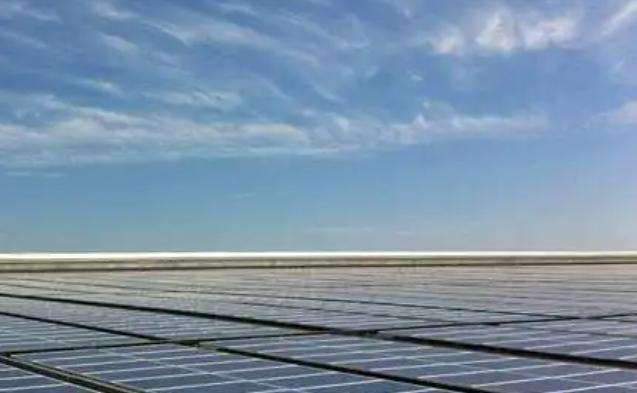The ancestor of the wind turbine is the windmill. Early windmills were made by hand and did not have strict design specifications. They were of two types: clockwise and counterclockwise. In the suburbs of London, England, you can see two types of rotating wind turbines. There is little difference between them except the direction of rotation.
Surprisingly, the world famous Dutch windmills are a typical representative of windmills, most of which rotate counterclockwise. The first Dutch windmill imported from Germany gradually developed its own characteristics during the localization process. Due to its long history, the windmill's reverse temporal rotation is no longer available. One thing to say is that the Dutch don't like ink and they are lazy in the process ofinstallation of the blades. When installing a wind turbine, it is necessary to nail a mesh fan to the main mast, where a few wind turns will be placed on the surface. Since most Dutch people are also forced to use their right hand, they move the pole away from the left, which ultimately results in counterclockwise rotation. As Dutch windmills became popular, this method of spinning continued to be imitated and spread throughout later generations, and it continues today.
From a physical point of view, there is no difference in the power production performance of a wind turbine operating clockwise or counterclockwise. We could even see two rotating wind turbines, but that would be visually uncomfortable. In fact, most people never realize that we are more accustomed to looking at objects.ets clockwise.
Why do wind turbines move clockwise? Few people intentionally care about the direction of rotation, but most of the rotating objects exposed to long-term daily life have adopted clockwise rotation, which has gradually become a habit. Modern rotating machines use clockwise clocks, the oldest timekeeping tools are Japanese. The shadow of the Japanese dial rotates clockwise in the northern hemisphere, and in the southern hemisphere the shadow rotates counterclockwise.
In other words, if the person who invented it was Brazilian, all clocks would now run counterclockwise, and more machines would run counterclockwise. clockwise. With the adventment of the clock, the southern hemisphere was not accepted in the sense of the southern hemisphere. For a long time here, Earthlings in the southern hemisphere adopted by default a unified clockwise rotation rule.
When wind energy is sufficient and stable, one rotation can generate 1.94 kilowatt hours of electrical energy.
1. This is related to factors such as fan type and capacity and generator speed. For example, if the permanent magnet generator of a 2 MW direct drive fan reaches the rated speed of 17 rpm, the time for one revolution is 60/17 = 3.5 seconds. If a 2 MW wind turbine continues to produce electricity for 1 hour at rated speed, the amount of electricity generated in 3.5 seconds is 3.5 × 2000/3600 = 1.94 kilowatt hours, that is that is, this amount of electricity is generated in one turn. For dual powered fans this is also related tou gearbox reduction ratio.
2. Power generation refers to the process of producing hydroelectric power, thermal power from fossil fuels (coal, oil, natural gas), nuclear power, etc. Transformed into electrical energy by power plants. DC power generation mainly uses electrochemical methods to produce electricity, usually called batteries, which mainly use low power consumption. The main forms of electricity generation are hydropower, thermal power and nuclear power.
3. Wind turbines are made up of a turbine, a nacelle and a tower. Composition of the parts. Its power generation principle is very simple: the unit uses wind energy to rotate the wind turbine turbine, and the wind energy is converted into mechanical energy. The generator convertsthen the mechanical energy into electrical energy, then transmit the electrical energy to the generator. wind farm booster station via the collector line, then transmit it to the wind farm after stimulation. The electricity grid can become clean wind energy used by thousands of households.














